Forest bathing does what Western medicine can’t: it heals the soul. Could this immersive experience be the answer to modern-day burnout? Explore the health benefits of forest bathing and the science behind the exercise to decide for yourself.
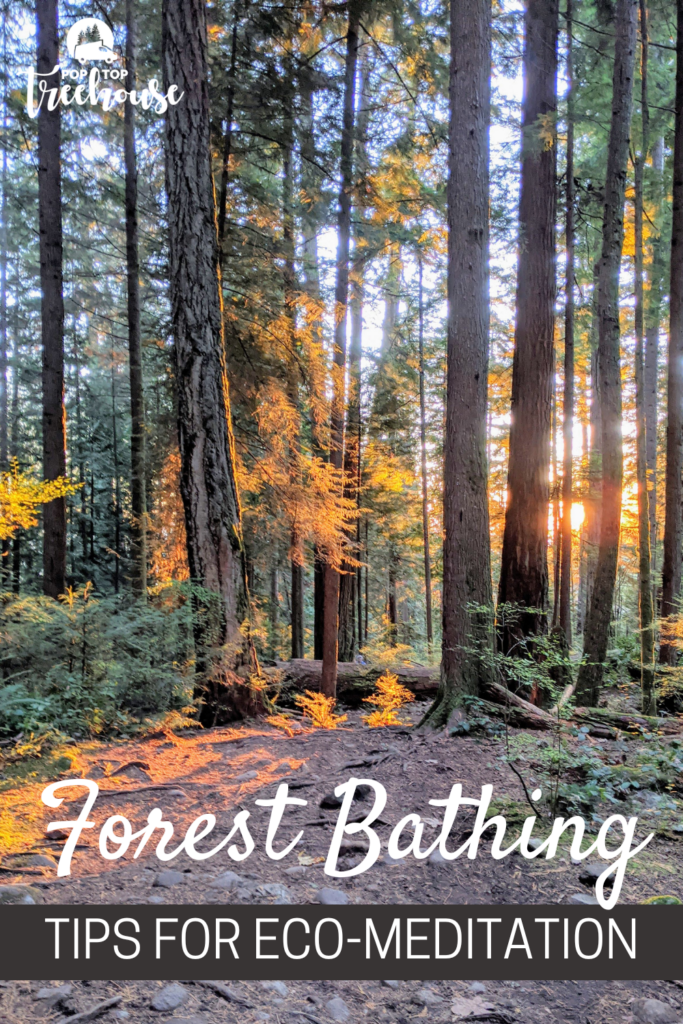
Forest bathing, or shinrin-yoku, offers an antidote to our indoor lifestyles. The practice began in Japan in the 1980s as a way to reconnect with nature and escape technology, if only for a short period.
Shinrin-yoku quite literally means bathing in the forest, though water isn’t part of this exercise. Forest bathing refers to the practice of immersing oneself in nature, opening your senses, and fully experiencing the moment.
It’s a process of mindfulness and is not a passive act. Likewise, it’s not a form of exercise; its purpose is based on connection to the natural world and is more intentional than you may assume.
This isn’t to say that there’s any one way to participate in forest bathing. The process can be as simple as a wander through the forest. The only necessity is to maintain a clear goal: an active connection with the nature around you, not a means to disassociate from your surroundings.
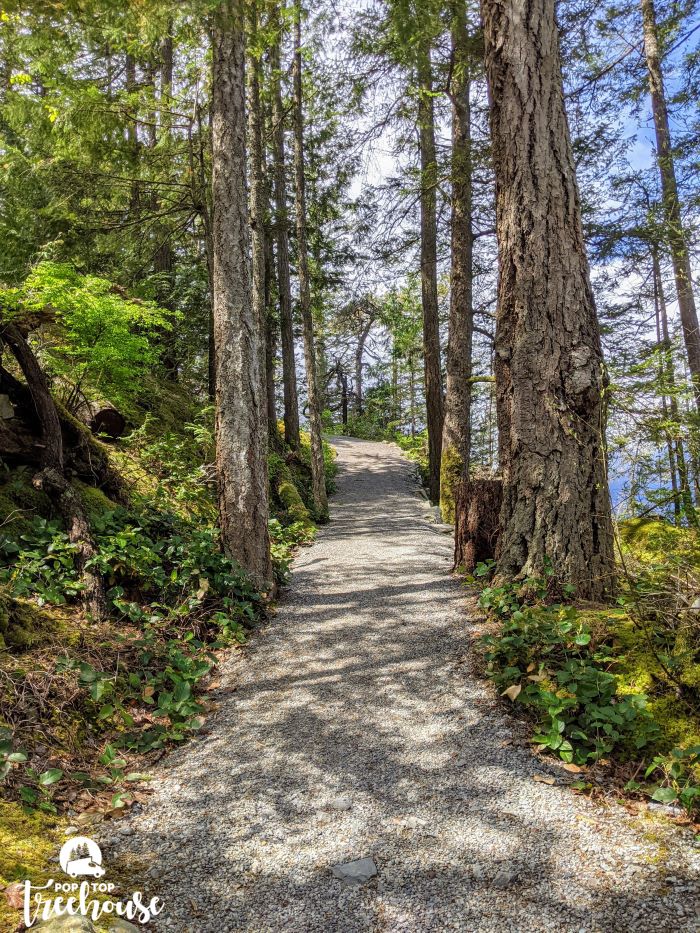
Forest Bathing Benefits
So why do so many participate in forest bathing, and what do we have to gain from the practice?
There are several claimed benefits of forest bathing, both physical and psychological. In Japanese medicine, it has become an important part of preventative healthcare. Some of the suggested benefits include:
- Reduced anxiety
- Restored mood
- Increased energy
- Rejuvenated mind, body, and spirit
- Improved creativity
- Decreased cortisol levels
- Boosted immune system
- Reduced blood pressure
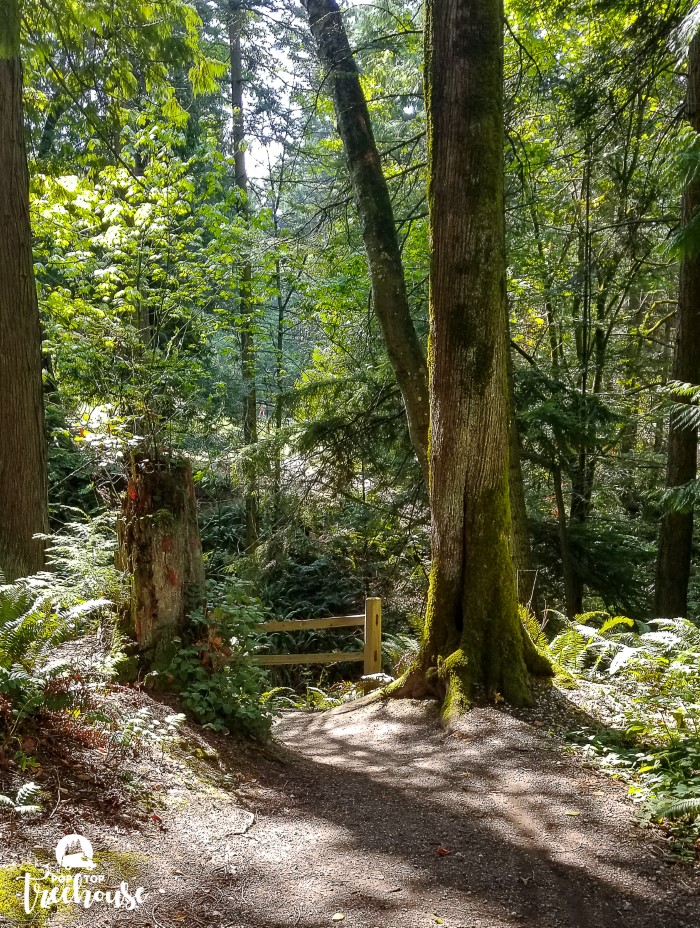
The Science Behind Forest Bathing
Being in nature is good for us. We know this innately based on how we feel when surrounded by the natural world compared to indoor spaces. We breathe easier. Our heart rates slow. Thoughts are quiet.
Beyond this internal truth, studies suggest the reasons behind the rejuvenating qualities of forest bathing.
In the 1990s, researchers began studying forest bathing. Research on forest bathing science is ongoing, but one thing is clear, time spent in nature benefits all of us. Unfortunately, we are continuing to spend less and less time outdoors.
Research tells us that there are links between ecotherapy and improved mental health. A 2020 study suggests ecotherapy improves mental health and overall emotional well-being.
A 2010 study proposes benefits for nervous system recovery, suggesting that we can better recover from stress when experiencing the sounds of nature rather than noises found in dense city areas.
A study beginning in 2005 suggests that nature bathing reduces stress and benefits the immune system by inhaling phytoncides (oils released by trees).
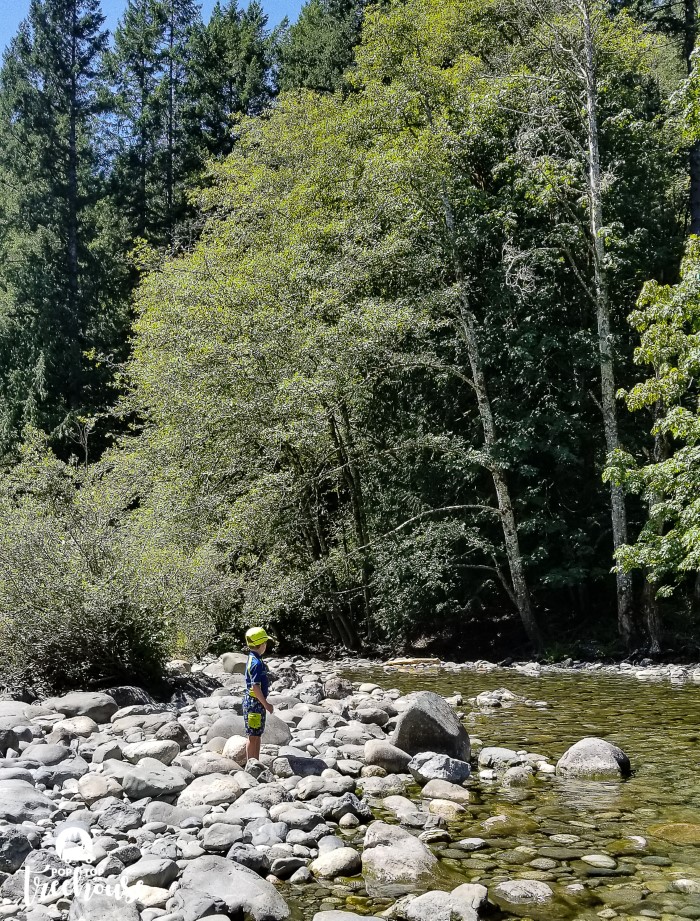
Forest Bathing – How to Practice Ecotherapy
Forest bathing may look slightly different for everyone. Just keep two things in mind: be present and seek connection.
1. Find Your Forest
The first task at hand is to pick a spot. You can pick a well-travelled trail, a forest you’ve been meaning to explore, or a spot recommended by a friend. Also, remember the definition of “forest” is not strict. If nature is abundant, it’ll work!
2. Follow Your Senses
When forest bathing, you’ll want to use all of your senses to fully immerse yourself in the experience. Ask yourself what you see, smell, feel, hear, and taste. By activating these senses, particularly ones less used, you’ll notice a big difference in how present you feel in the moment.
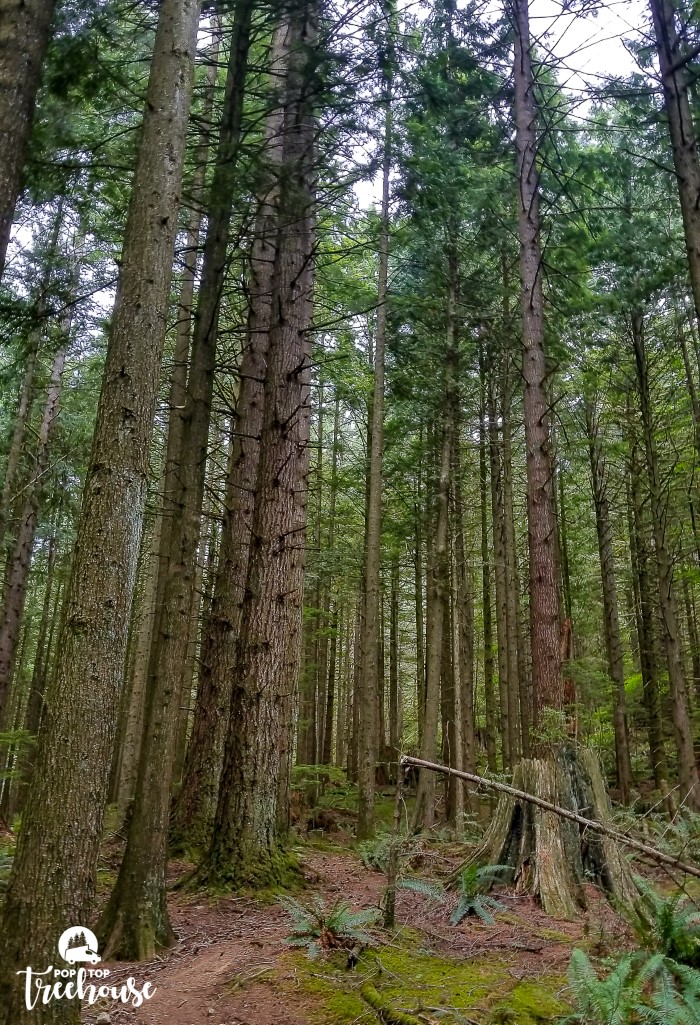
3. Remember Your Purpose
Meditation and other forms of mindfulness aren’t easy. It is easy to drift and lose focus. You may find it useful to bring with you a mantra to repeat when things get off track,something to remind you of your purpose in this experience.
4. Incorporate Activity
You don’t need to be stagnant in your forest bathing despite your focus. Some movement and activity are recommended! Completing meaningful action can help you better connect. Some activities that you can incorporate into your forest bathing exercise include:
- A nature walk or “wander”
- Breathing exercises
- Meditation
- Painting or other creation
- Yoga
- Enjoying a meal
5. Savour the experience
Forest bathing is a moment to enjoy. It should never feel like a necessary task to check off your to-do list. Through this meaningful action, you should feel the full effect of what forest bathing and ecotherapy have to offer you. And while methods may differ between different users, the results are the same…joy!
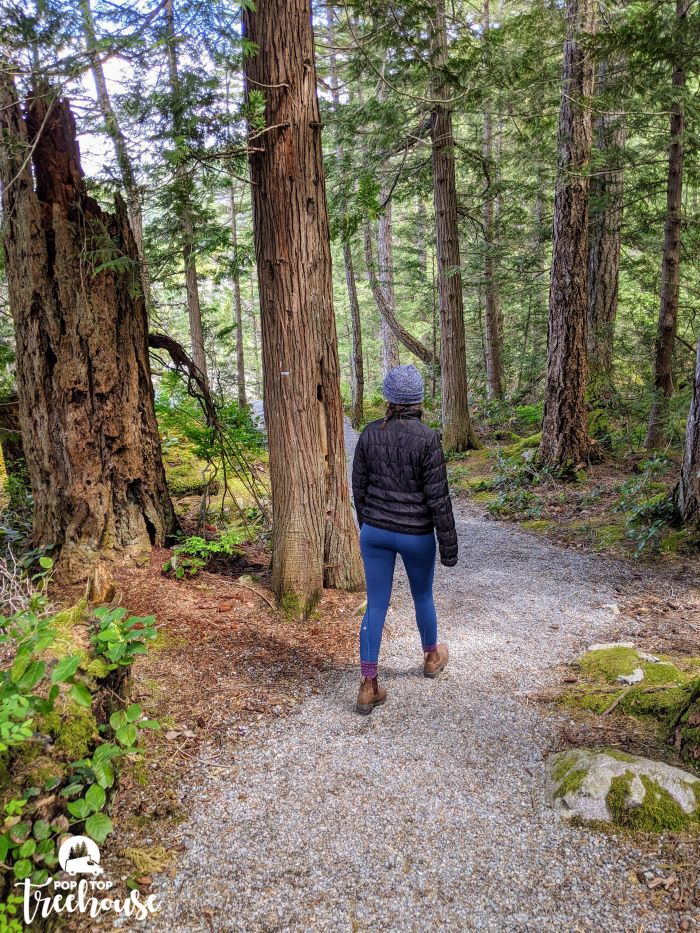
Tips for Forest Bathing
If you’re trying out forest bathing for the first time, you may want to keep some of these things in mind.
- Take your time; there’s no rush. You deserve to take this time for yourself and your well-being.
- Remember to activate all of your senses. To experience real connection, we need to experience it on all fronts. Breathe deeply, touch your surroundings, and immerse yourself in the moment.
- Bring a means to orient yourself if you are exploring unfamiliar terrain.
- Leave your devices at home, or turn them off, to avoid distractions. This process is all about escaping the technology-driven world!
- This process is meant to reinvigorate you, not exhaust you. If you lack energy, forest bathing can be done without movement. Listen to your body, take a seat, and experience.

Forest Bathing Near Me
Forest bathing can be done anywhere worldwide you just need trees. Try starting with your favourite trail. If you already have a connection to a particular forest, the experience will be much more intuitive.
Camping is also a great time to try out forest bathing. Try a solo camping trip as an act of self-care – you’ll quickly feel the healing benefits of nature.
If you’re looking for a forest to immerse yourself in, try using this forest-finding application. Simply type in your home address or postal code to discover forests near you!

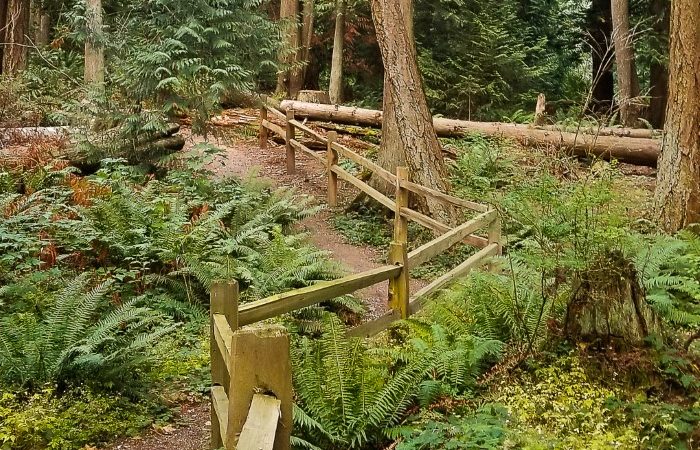
 Tenting Oceanside: Rathtrevor Beach Provincial Park
Tenting Oceanside: Rathtrevor Beach Provincial Park
